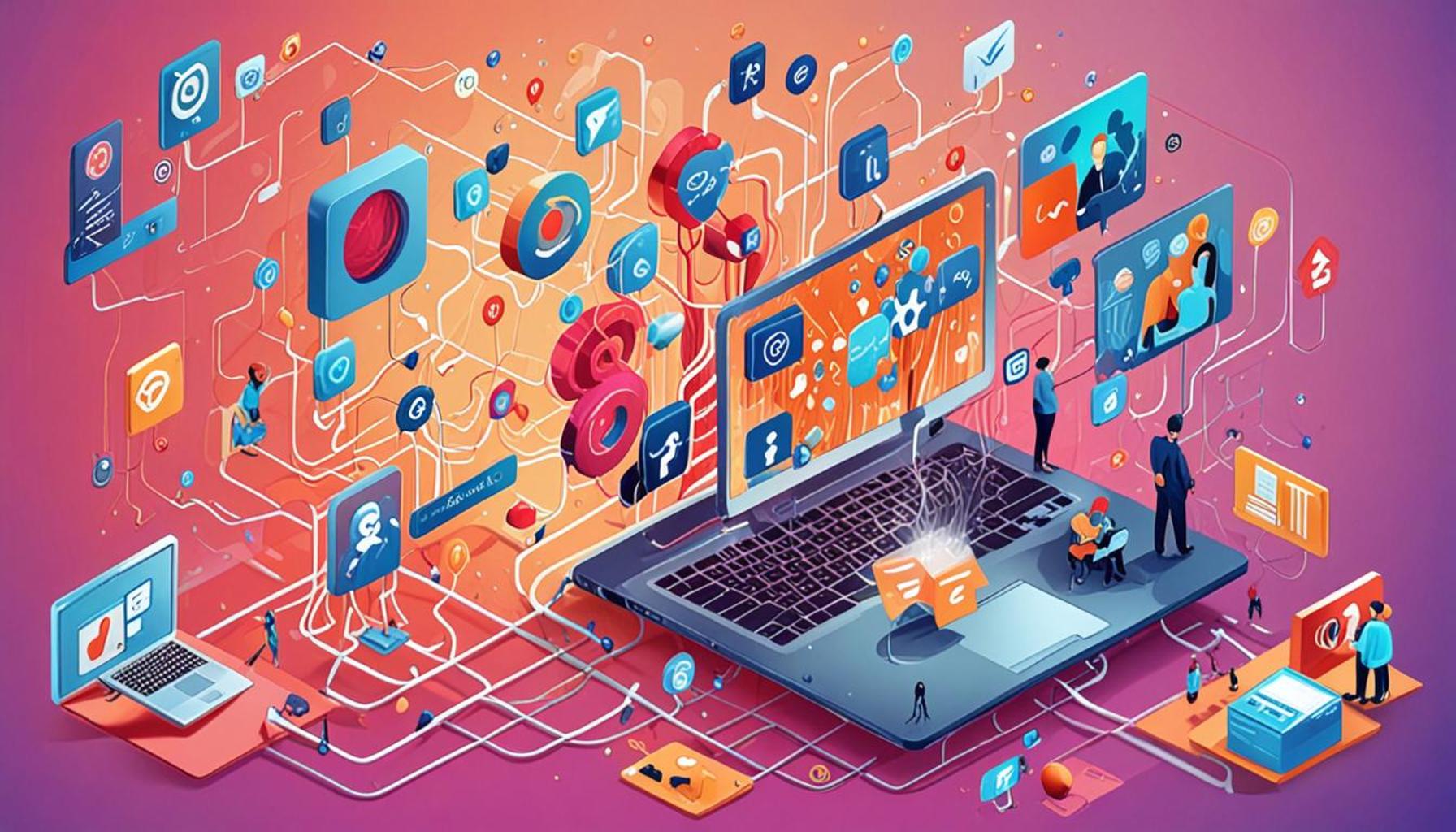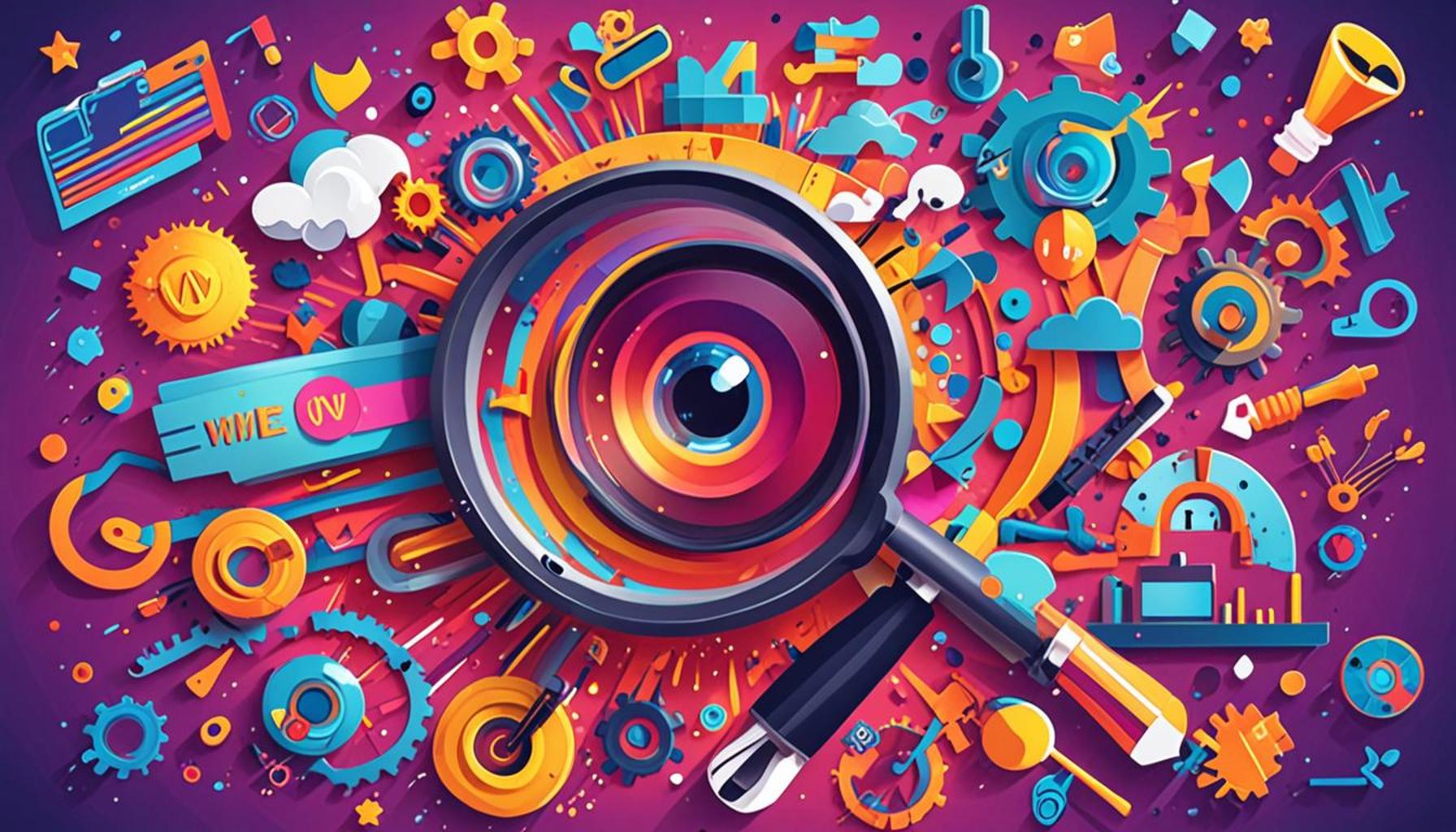The role of social media in the content strategy for government benefits

The Transformational Role of Social Media
In today’s digital age, social media has redefined the landscape of communication, making it a cornerstone for how information is shared and consumed. This shift is particularly pivotal for government entities tasked with the mission of informing the public about essential benefits and social programs. With platforms such as Facebook, Twitter, and Instagram seeing billions of monthly users, these channels serve as powerful platforms for outreach and engagement.
One of the pressing issues within many communities is that government benefits, including healthcare assistance, unemployment support, and housing aid, often remain underutilized due to a widespread lack of awareness. A study by the Pew Research Center revealed that 69% of adults in the U.S. use at least one social media site, highlighting the significant reach these platforms offer to government agencies. Social media can bridge the information gap by:
- Enhancing visibility of programs: Creative campaigns and informative posts can elevate the awareness of benefits, ensuring that residents are informed about available resources.
- Engaging communities through interactive content: By utilizing polls, live Q&A sessions, and informational webinars, government entities can foster a two-way dialogue with citizens, making information-sharing a collaborative effort.
- Providing real-time updates and information sharing: In times of crisis, such as natural disasters or economic downturns, social media allows for immediate communication, ensuring that those affected are promptly informed of available support.
Furthermore, the implementation of social media strategies can enable government agencies to tailor messaging that resonates with various demographics, thereby increasing the likelihood of reaching those who may benefit from support. For instance, targeted advertisements can specifically alert low-income families about food assistance programs or housing subsidies available in their area. An example includes the success of the SNAP program, which saw an increase in participation due to focused outreach campaigns on platforms popular among working-class citizens.
As we continue to explore this evolving topic, it is crucial to investigate how government agencies can effectively leverage social media to refine their content strategies. We will examine practical tools and best practices that ensure clear, timely, and effective communication, thus empowering citizens to access the benefits they need. Given the rapid developments in social media, it’s essential for these agencies to stay ahead of trends and utilize innovative approaches to outreach.
In conclusion, the effective harnessing of social media serves not just as a tool for information dissemination but also as a platform for community bonding and resource facilitation. The potential for informed and engaged citizens lies in the hands of those who can master this medium.
CHECK OUT: Click here to explore more
Maximizing Reach Through Strategic Content
The effective use of social media in government content strategies can revolutionize the way benefits and social programs are communicated to the public. It is not merely about posting updates or announcements; rather, it’s about creating a compelling narrative that captures attention and resonates with the community. An effective content strategy encompasses a blend of visual storytelling, data-driven insights, and community feedback, ensuring that information stands out in the crowded digital space.
To maximize engagement, government agencies must first understand the demographics of their target audience. This involves analyzing user behavior, preferences, and the types of content that generate interaction. For instance, the younger population may be more engaged with informative videos on platforms like Instagram or TikTok, while older demographics may prefer longer posts or infographics shared on Facebook. Tailoring the content format not only enhances visibility but also ensures that the messaging is relevant and impactful.
Furthermore, employing a mix of content types can bolster efficacy in reaching diverse audiences. The following approaches can be crucial:
- Visual Content: Infographics and visually appealing posts can distill complex information into digestible formats, which are more shareable and can reach a wider audience.
- Engagement-Tactic Posts: Creating posts that encourage likes, shares, and comments can significantly enhance reach. Question-based posts or calls-to-action that ask citizens for their experiences related to specific benefits can create a sense of community involvement.
- Storytelling Formats: Sharing success stories of citizens who have benefited from government programs can humanize the message, making it relatable and encouraging others in similar situations to seek assistance.
Data analytics on platforms can also inform which posts are performing well, allowing agencies to pivot their strategies accordingly. For instance, if posts regarding child assistance programs receive heightened interactions, agencies can amplify these efforts with more targeted content. Meanwhile, a lack of engagement on specific topics can signal the need for reevaluation, whether that means changing the content format, timing of the posts, or even the channels being used.
Moreover, social media platforms offer invaluable tools for real-time communication and updates. In emergencies, such as during a public health crisis or natural disaster, the ability to instantly disseminate information about available government aid can significantly impact community recovery efforts. Utilizing features such as live videos to provide real-time updates or hosting Q&A sessions can increase transparency and trust between government agencies and the public.
Incorporating social media into the content strategy for government benefits is not just an added element; it is a vital channel that enhances accessibility and engagement. As agencies continue to innovate in their approaches, those who can adeptly harness the power of social media to inform and empower citizens will undoubtedly see greater participation and improved outcomes in the communities they serve.
| Advantage | Description |
|---|---|
| Increased Accessibility | Social media platforms enable government agencies to reach a wider audience by making benefits easier to access and understand. |
| Real-time Engagement | Immediate feedback and interaction with citizens occur, enhancing trust and transparency in government operations regarding benefits. |
| Targeted Messaging | Content strategies can utilize demographic data to tailor messages that resonate with specific groups, ensuring inclusivity in access to government benefits. |
| Cost-Effective Outreach | Using social media reduces the need for expensive print and broadcast advertising, allowing more funds to be directed towards providing actual benefits. |
By leveraging social media in their content strategy, government entities not only enhance the visibility of their benefits programs but also engage more effectively with constituents, creating a more informed public. The seamless connection between citizens and government resources via these platforms fosters a stronger community tied together through accessible information.
ADDITIONAL INSIGHTS: Expand your understanding here
Building Trust and Community Engagement
In an era where misinformation can spread rapidly across various platforms, trust is crucial in government communication. Leveraging social media can help build this trust through transparency and accessibility. When government agencies openly share information about benefits and programs—clarifying guidelines, timelines, and eligibility—there is a higher likelihood that citizens will feel supported and informed. Authenticity is key; agencies can showcase their commitment to public service by responding to questions in real-time, addressing concerns, and providing follow-up information promptly.
Moreover, fostering a sense of community is essential for effective communication regarding government benefits. Social media allows agencies to create spaces for dialogue, where citizens can share their experiences, ask questions, and engage with officials directly. For example, platforms like Facebook can host community groups where discussions about local benefits can flourish. This leads to a richer understanding of the needs and challenges faced by community members, allowing agencies to tailor their outreach efforts more effectively. The social media presence also facilitates the collection of valuable feedback through polls and surveys, enabling agencies to understand which benefits require more awareness or adjustment.
In addition to community building, fostering partnerships with local influencers and organizations can amplify government messaging in the digital landscape. Collaborations with trusted voices in the community can extend the reach of important information on benefits programs. For instance, initiatives involving local non-profits or community leaders can help bridge gaps in awareness for specific services like food assistance or health programs, especially in underserved populations. By doing so, government agencies can create a collaborative ecosystem where accurate information flows seamlessly between stakeholders and citizens.
Utilizing user-generated content is another powerful strategy that can enhance authenticity. Encouraging citizens to share their own stories about how they have benefited from government programs not only enriches the narrative but also creates peer-driven validation that can drive others to seek assistance. For example, during the COVID-19 pandemic, many health departments utilized testimonials from families who benefitted from food assistance programs, effectively humanizing the services and encouraging participation among those hesitant to apply.
In addition to fostering deeper community ties, social media platforms can serve as an active monitoring tool. By paying attention to discussions surrounding government benefits, agencies can identify common misconceptions, trending topics, or emerging issues that require immediate attention. For example, if a significant number of tweets or posts express confusion about eligibility criteria for a benefit program, agencies can immediately deploy corrective messaging to clarify any misunderstandings and support their constituents effectively.
Lastly, employing social media analytics can guide agencies in developing a responsive content strategy. Tools that analyze engagement, shares, and audience sentiments can provide insights into what types of messaging resonate best. A/B testing different formats—a straightforward infographic versus a detailed video—can unveil preferences that inform future campaigns. Agencies that leverage these insights will not only optimize their communication strategies but also position themselves as forward-thinking entities that prioritize the needs of their communities.
As government agencies continue to navigate the complexities of social media, it becomes increasingly clear that integrating these platforms into their content strategy is not merely advantageous but essential. This dynamic approach not only enhances the dissemination of information about government benefits but also serves to unite communities under a shared purpose, ultimately fostering a more informed and engaged citizenry.
LEARN MORE: This related article may interest you
Conclusion: Embracing a Digital Future for Government Benefits Communication
As we have explored, the integration of social media into the content strategy for government benefits represents a transformative opportunity for public agencies. By prioritizing transparency and open communication, government entities can significantly enhance the perception and utilization of available programs. In an age where citizens seek timely and accurate information, social media platforms offer unique avenues to disseminate crucial updates, respond to inquiries, and clarify misconceptions swiftly.
Moreover, the potential for community engagement can’t be overstated. Social media facilitates an environment where individuals feel empowered to share their experiences and seek assistance, contributing to a richer tapestry of collective knowledge. This sense of belonging not only strengthens community ties but also allows government agencies to adapt their messaging to meet the evolving needs of their constituents.
Furthermore, by forging partnerships with local influencers, organizations, and leveraging user-generated content, government messaging can reach diverse audiences effectively, ensuring that critical information about benefits access transcends barriers. This collaborative approach paves the way for a more inclusive communication framework that resonates with varied demographics.
Looking ahead, it is crucial for government agencies to invest in data analytics and audience engagement strategies. By harnessing insights generated from social media interactions, officials can craft content that resonates more deeply, fostering a culture of responsiveness and innovation.
Ultimately, embracing social media as a vital part of the content strategy for government benefits will not only increase awareness and participation but will also cultivate a more informed and engaged citizenry, shaping a brighter future for communities across the United States. As agencies continue to navigate this digital landscape, the potential for positive change remains boundless, reinforcing the essential role of government in serving its people.


